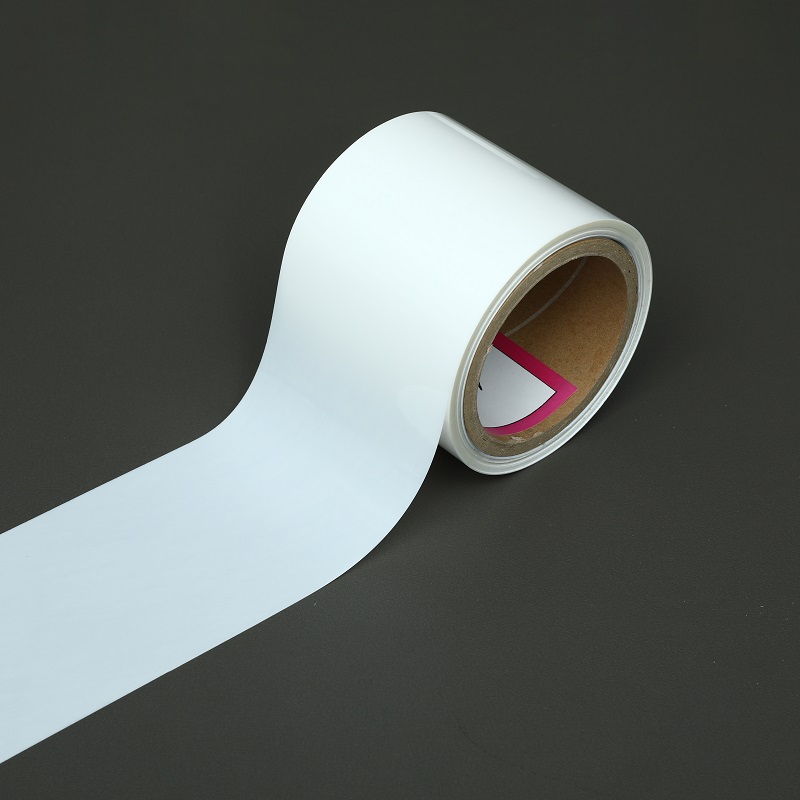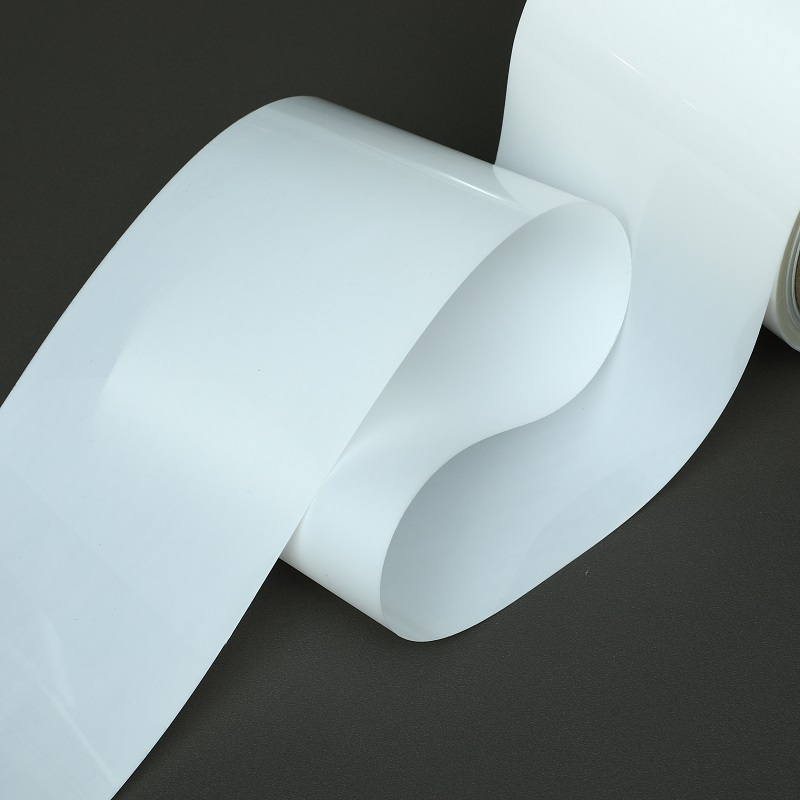The evolution of the eptfe industry is a fascinating story that has developed over time to create an industry with revolutionary applications.The history of epoxy begins in 1884, when chemist Alfred Einhorn synthesized a new compound from ethylene and formaldehyde. This compound was called “epoxide”, which eventually became known as epoxy by combining it with polyol or esters. While this original formulation had many practical applications, its use remained limited due to its high cost and lack of available raw materials. In 1940s several researchers worked on improving upon the original formulations of epoxy including American Richard Condon who discovered how to make it more durable using polyols derived from petroleum products like cyclohexane oxide and phenol novolak resin. At the same time British scientists began experimenting with different curing agents such as amines and acids resulting in an improved product that could be used for laminating surfaces such as plywood making it stronger than before and so paving the way for modern composites material manufacturing techniques . During World War II military applications for epoxies increased dramatically creating demand for even better grades of material leading suppliers to develop unique properties like heat resistance, flexibility at low temperatures, chemical resistance etc., allowing them to meet specific requirements needed in aviation parts production . The development of this technology then continued well into the 1950s where advances were made in both synthetic resins production methods along with those jointly produced between natural rubber & synthetic rubber mixtures combined with fillers like asbestos creating what we now know today as ‘filled elastomers’ or rubbers reinforced plastics (FRP). By early 1960s various processes were refined significantly enough that industrial grade bulk production systems could be implemented leading further developments towards adding colors & other additives giving rise to modern-day high performance modified epoxies used across multiple industries ranging from construction & engineering through automotive design right up until recently semiconductor packaging solutions utilized complex formulations requiring precise powder metallurgy capabilities among others alongside ceramic coating technologies involving diamond dust particles allowing cutting tools makers achieve higher levels efficiency unheard prior just two decades before this period . This timeline shows how far we have come since first invention back 1884 culminating towards ever increasing complexity growing exponentially activated by continuously evolving research currently pushing boundaries exceeding any initial expectations during Alfred Einhorn’s lifetime opening possibilities never dreamed possible thus ending remarkable evolutionary journey linking past present day advancements greatly benefitting future generations worldwide .

Post time: Feb-27-2023







